Establish extended producer responsibility laws
Call to Action
Holding companies responsible for the waste of their products—that’s the gist of the Extended Producer Responsibility (EPR) approach. “It’s an effective strategy to place shared responsibility for end-of-life product management on the producers and all entities on the product chain, instead of the local government,” explains Allison Fraley, the Solid Waste program coordinator, County of Kaua‘i Solid Waste Division. “EPR also encourages product design changes that minimize a negative impact on the environment.” Connecticut has been successful with its EPR laws, which cover paint, mattresses, mercury thermostats, and electronics. In total, these four programs have diverted 26 million pounds of material from the waste stream, created over 100 jobs, and saved Connecticut municipalities and taxpayers more than $2.6 million per year. Those savings allowed the governments to provide additional services—such as police, fire, and education—worth another $6.7 million.
The Hawai‘i Electronic Waste and Television Recovery Law (2009) resulted in increased recycling opportunities on Kaua‘i for e-waste such as televisions. Hawai‘i needs EPR programs for many other products, including florescent tubes, household batteries, mattresses, paint, and more, suggests Fraley.




